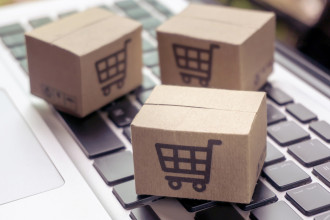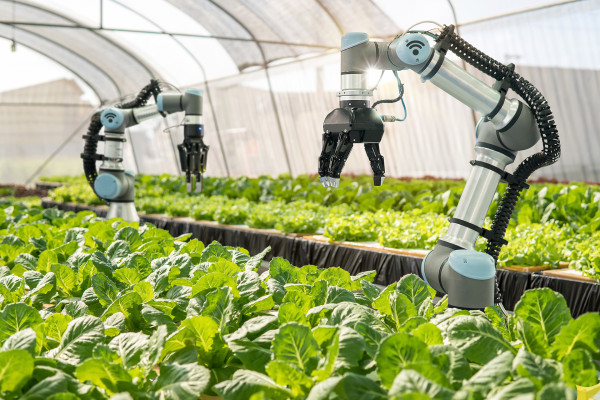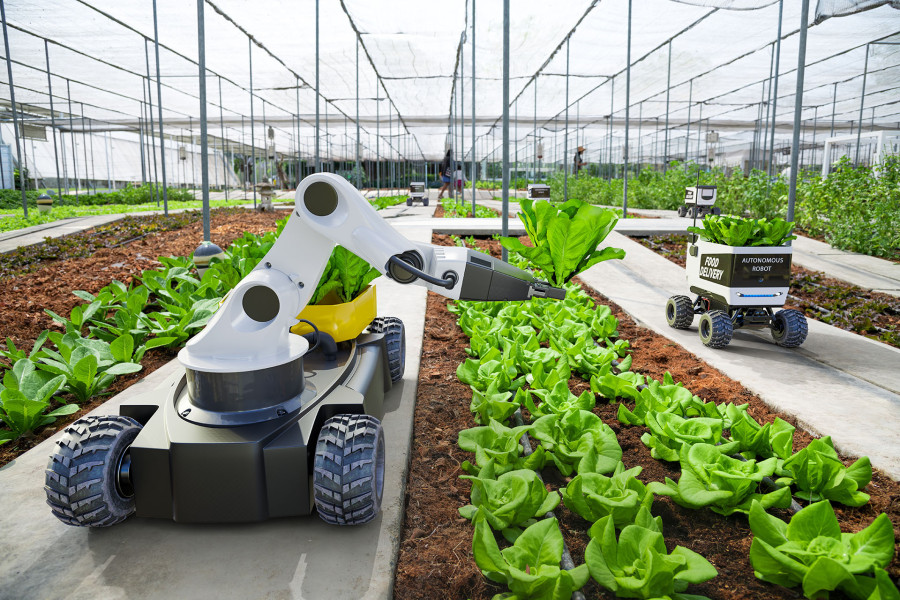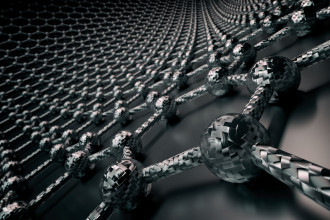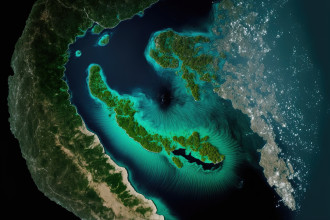New Agriculture Technology
Smart irrigation systems
A large part of the water available to us flows (literally) into agriculture. Due to climate change, however, less and less water is available, and yet food production must of course be ensured. One starting point here is smart irrigation systems that ensure that water consumption is minimized. Most studies dealing with this topic recommend that farmers use pumps and valves to distribute the water and connect these elements with sensors to measure the necessary parameters.
In addition to water, such systems also save costs, since the resources are not wasted, and fewer human personnel are needed. In addition, the person in charge can receive intelligent notifications when the soil moisture or nutrient content changes.
Drones and UAVs
It is also important for farmers to save costs in planting and monitoring crops. Here, drones, devices remotely controlled by humans, can serve in mapping the area to be farmed or can also check, compare and evaluate the condition of the plants and soil.
UAVs, drones with surveillance units built into them, are often found in military use, but can also be useful in agriculture. With their image sensors and measurement units, they also can provide important information about the plants.
With these systems, agriculture could save 85% on planting costs and minimize energy and water costs. In addition, an inspection of the field by a farmer is no longer necessary so often. In this way, drones and UAVs will also contribute to greater sustainability in agriculture.
Nowadays, the use of drones can be beneficial in many other areas o save resources and costs.
Targeted Weed Control
In times of climate change, food scarcity and steady population growth, it is essential to make food cultivation efficient and productive, but at the same time sustainable. The use of herbicides and mechanical removal of weeds are the most common, but not uncontroversial, as they are not particularly targeted. Alternatively, and more sustainably, small autonomous vehicles equipped with lasers could be used. The electricity needed for this could be obtained from non-fossil fuels. With the help of Deep Learning, the vehicle can identify the weeds and eliminate them with pinpoint accuracy. This technology is still in its infancy.
Another option is the standard field sprayer. The weeds are located and categorized by drone and a weed control map is created. The field sprayer can then use a nozzle control system to apply herbicides with accuracy, which saves money. The drawback, however, is still the high initial cost.
Robotic Harvester
The shortage of labor is often particularly noticeable during harvesting. Robotic harvesters are now set to provide a remedy. These can use sensors to find out whether the fruit or vegetables are even ripe yet. Apples are then sucked in, lemons grabbed, and cucumbers cut off. In the meantime, there are even systems that are so advanced that they can pick raspberries without crushing them. The helpers are already precise, but work is still underway to make the robots fast enough, especially for sensitive crops, so that they can pick significantly more in a single shift than a human.
The use of the robots should also help to avoid waste, as everything that is produced can be harvested. This not only makes it sustainable, but also saves costs.
Precision Farming
Precision agriculture is a popular farming method designed to increase yields while using resources in the most targeted way possible. It involves not only thinking from field to field, but even paying attention to the different soil conditions and yield capabilities within a field.
To this end, software and sensors are used to collect and analyze data such as air temperature, soil type, precipitation and much more, so that resources can then be distributed in the best possible way. The technologies already described above, among others, can then be used.
Precision agriculture offers several advantages: first, it increases yield and reduces costs, and in addition, the farmer can comply with regulations more easily.
To conclude
Agriculture is experiencing numerous challenges: Heat and drought, flooding, high energy costs, supply shortages and more. In order to keep up, it seems to make sense to equip oneself with helping technology. The use of aerial imagery, sensors, monitoring software or robots make farming not only more profitable and efficient but also more environmentally friendly.
Quickscout
Looking for suitable
technology providers?
Start scouting!
